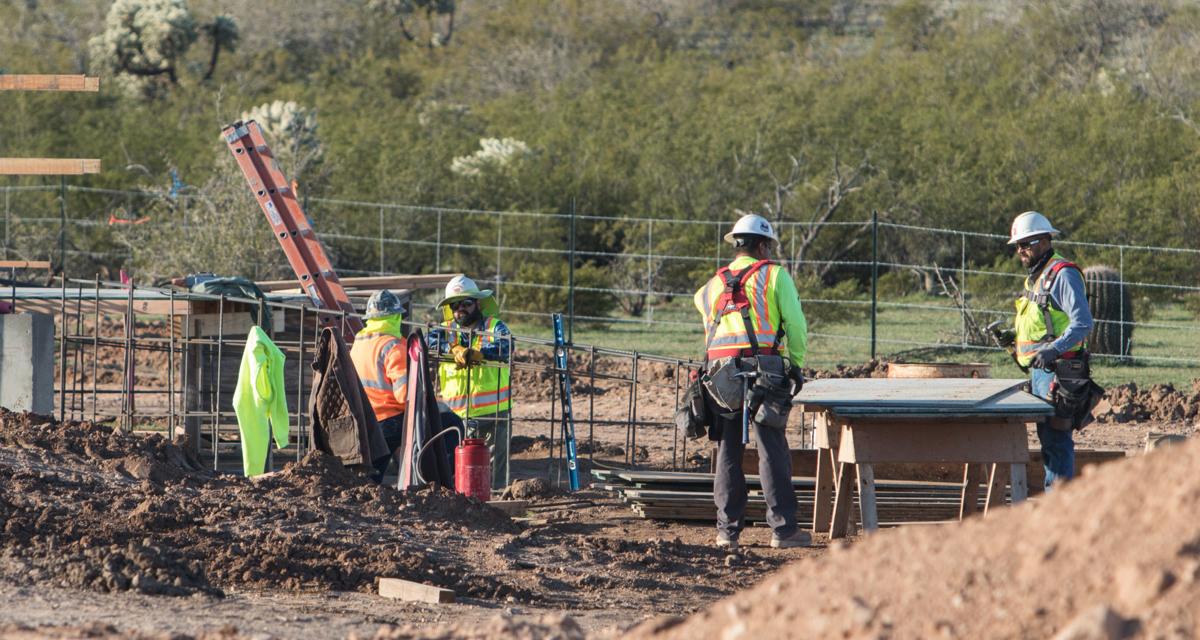Arizona’s jobless rate jumped two-tenths of a percentage point in January to 5.1 percent and is now higher than Mississippi and equal to Louisiana.
But Doug Walls, the director of labor market information for the state’s Office of Economic Opportunity, said the comparisons stop there.
Walls cited other figures he said show the Arizona economy is far healthier than its fifth-highest-in-the-nation seasonally adjusted unemployment rate would indicate. That includes being fourth in the nation in job growth and an ever-shrinking number of people applying for unemployment insurance.
Still, that 5.1 percent jobless rate for January is as high as it has been since March 2017. And there is no indication that the gap between the state’s unemployment rate and the national figure of 4.0 percent is going to shrink in the foreseeable future.
It all comes down to which numbers are important to people.
The state lost 36,600 private sector jobs between December and January.
Walls said that’s to be expected, with sharp reductions in retail trade and temporary employment services as the Christmas season wrapped up. But it’s still less than the typical loss of 45,100 jobs at this time of the year.
But overall private employment is up by 3.3 percent since the same time a year earlier. And every sector of the economy showed annual job growth.
What’s causing the spike in the rate, Walls said, is the fact that more people are entering the workforce faster than the state is creating jobs.
Some of these, he said, are those who were previously classified as “discouraged workers,” those who have looked for a job in the past year but said they stopped because there are no jobs available or none for which they would qualify.
There’s also been a decline in the number of Arizonans who said they were working part-time because they could not find anything more.
“Presumably they’re finding full-time work,” said Walls. “And so they’re adding more to the economy, they’re adding more to themselves and their everyday lives in terms of salary.”
And then there’s population growth, with more people coming to the state than all but three others. Walls said that absolute increase is significant given that Arizona’s population overall is just 14th nationwide.
“So we’re growing quickly,” he said.
That, in turn, increases the size of the labor force. And when the state can’t create jobs as fast as all that, the unemployment rate increases.
Walls said there are other indications that the hike in the rate is not because people are losing their jobs.
He said that initial unemployment claims — those filed when someone is fired or laid off — were running in the 35,000 range in January 2010, in the middle of the recession. That same figure now is close to 17,000.
Walls said that Mohave County had the strongest year-over-year job growth at 3.4 percent; Pima County was at the bottom at 1.6 percent.





